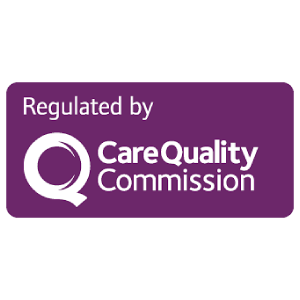
How to help a child with a learning disability
Learn how to help a child with a learning disability
Every child learns in their own way. Some children pick up reading quickly, while others may struggle with numbers, writing, or staying focused. For some, these struggles are part of a broader condition known as a learning disability.
A learning disability does not mean a child isn’t intelligent. It simply means their brain processes information differently. This difference can affect how they read, write, speak, or solve problems. Sometimes the term learning difficulties is also used, though in the UK there’s a clear distinction between learning difficulties and learning disabilities. A learning difficulty (like dyslexia) can make tasks harder but doesn’t necessarily affect overall intelligence, while a learning disability is usually more significant and lifelong.
Supporting a child with a learning disability early is very important. With the right guidance, children can build confidence, develop skills, and thrive both at home and at school. In the UK, around 1.5 million people have a learning disability (Mencap). Globally, dyslexia alone affects 1 in 10 people, making it one of the most common learning-related conditions.
Parents often ask: What can I do at home? How do I work with teachers? Who can help my child succeed? This blog will guide you through practical tips and strategies to answer those questions.
Understanding Learning Disabilities
The term “learning disability” covers a wide range of conditions. Some children may find it hard to focus, others may struggle with language, while some may face difficulties in maths or memory. These are sometimes also described as learning dysfunctions or learning impairments.
A few examples include:
- Dyslexia – Difficulty with reading, spelling, and writing.
- Dyscalculia – Challenges with numbers and maths.
- Dyspraxia – Problems with coordination and movement.
- ADHD – Attention deficit hyperactivity disorder, affecting focus and impulse control.
- Non-verbal learning disorder – Where children have strong verbal skills but struggle with visual and spatial tasks, like reading body language or solving puzzles.
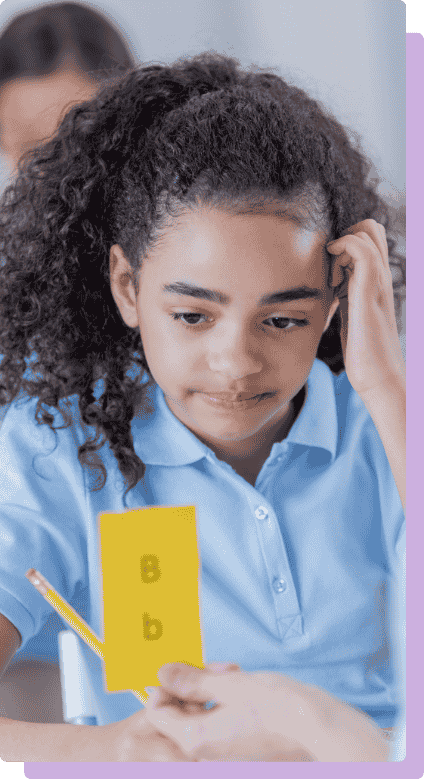
When people talk about ADHD and dyslexia, they are often describing two of the most common learning challenges children face today. Each condition is different, but the key message is this: with the proper support, children can learn and progress in their own way.
Worldwide, around 5–15% of people have some form of learning disability or disorder (WHO). This shows it’s far more common than many realise, and parents are not alone in facing these challenges.
Signs a Child Might Have a Learning Disability
Identifying the signs of a learning disability early can feel overwhelming for parents. Sometimes the signs are subtle at first. A child may just seem “behind” in one subject, or teachers may comment that they are easily distracted. Over time, though, patterns begin to appear.
For example, a child who repeatedly struggles to remember letters despite months of practice may be showing signs of dyslexia. Another child who cannot sit still long enough to complete a short worksheet may be struggling with ADHD. A child with a nonverbal learning disorder might speak very well but struggle to read social cues, such as when someone is joking or serious.
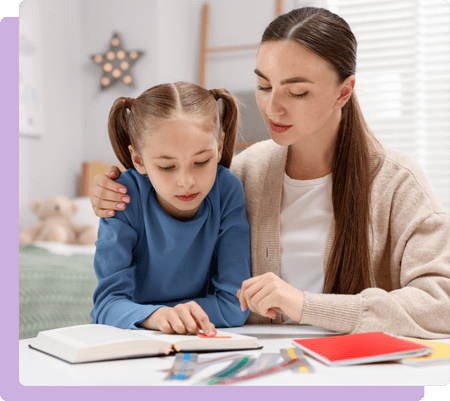
Some signs parents and teachers might notice include:
- Consistent trouble recognising letters, words, or numbers.
- Difficulty following instructions, even when they’re simple.
- Restlessness, inability to focus, or very short attention spans.
- Problems with coordination, like struggling to hold a pencil or tie shoelaces.
- Ongoing struggles in reading, writing, or maths despite practice.
It is important to remember that having one or two of these difficulties does not always mean a child has a learning disability. But when challenges persist and affect daily life or schoolwork, it’s worth seeking professional advice.
Children who experience learning dysfunction often show mixed signs in different areas of life, which is why parents should keep a close eye on both academic and social development. Early identification gives children the best chance to get the right support, rather than waiting until frustrations build and confidence is lost.
Supporting a Child at Home
Home is where children feel safest, and it’s also where they spend most of their time. Parents can create an environment that makes learning less stressful and more encouraging.
Take, for example, a child with ADHD who finds it difficult to focus on homework. Instead of expecting them to sit down for an hour, parents can break the homework into short, 10-minute sessions with small breaks in between. This turns a frustrating task into something manageable.
Other ways parents can help include:
- Routine: Children with learning difficulties often benefit from clear daily schedules. Having breakfast, school, homework, and bedtime in the same order each day reduces anxiety.
- Breaking tasks into smaller steps: For instance, instead of saying “tidy your room,” guide them through smaller instructions like putting toys in a box, then books on a shelf.
- Positive reinforcement: Celebrating small victories like finishing a book, tying shoelaces, or remembering a maths fact helps build confidence.
- Different learning methods: Some children learn better by listening, some by seeing pictures, and others by doing activities. Trying different approaches can help find what works best.
Research has shown that when parents are actively involved in their child’s learning, outcomes improve by up to 30%. This means simple actions at home can have a big impact over time. In cases of learning impairment, minor adjustments in the home environment, like visual aids or clear instructions, can reduce stress for both the child and the parent.
Helping a Child at School
School is often where learning disabilities become most obvious. A child who is doing well at home may struggle in a noisy classroom or fall behind when lessons move quickly. That’s why working closely with teachers is essential.
Parents should feel comfortable speaking to teachers about their child’s challenges. Schools in the UK can provide an Individual Education Plan (IEP), which sets out tailored strategies for a child’s learning. For example, a child with dyslexia may be given more time to finish reading tasks, or a child with ADHD might be seated at the front of the class to reduce distractions.
Teachers can also make small adjustments that have a significant impact, such as:
- Using coloured overlays for reading.
- Providing step-by-step instructions instead of long lists.
- Allowing oral answers instead of written ones in some cases.
- Pairing the child with supportive classmates for group work.
By creating an inclusive classroom environment, schools not only help children with learning difficulties and learning disabilities, but they also teach all pupils about empathy and acceptance. Sometimes schools will specifically address ADHD and dyslexia together, since many children experience both conditions.
When parents and teachers communicate openly, children feel more supported and less isolated, making school a more positive experience.
Practical Tips and Strategies
Beyond school and home routines, there are practical strategies that can support children every day. For Example, a child with dyslexia might benefit from audiobooks so they can enjoy stories without the frustration of reading text. A child with a learning impairment in maths might use number blocks or visual aids to understand concepts. Technology, from educational apps to text-to-speech software, is becoming increasingly useful for children with learning dysfunctions.
Here are a few practical approaches parents and teachers can use:
- Use visual charts or colour-coded planners to make tasks clearer.
- Encourage breaks to avoid overwhelm.
- Create a quiet, organised study space with less distractions.
- Celebrate small milestones to build confidence.
- Mixing learning with play games and activities that will absorb information more naturally.
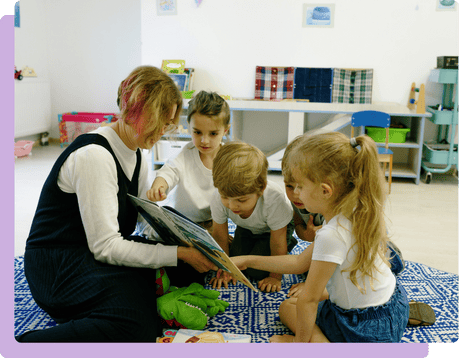
These methods show children that learning doesn’t always have to feel like hard work. It can be creative, playful, and rewarding. For children with a nonverbal learning disorder, visual aids or role-play activities can be especially helpful in building confidence and understanding.
Emotional and Social Support
While school performance is often the focus, emotional well-being is just as important. Many children with learning disabilities feel “different,” and this can affect their confidence and friendships.
Imagine a child with dyslexia being asked to read aloud in class. If they stumble over words, classmates might laugh, leaving them embarrassed. Over time, these experiences can damage self-esteem. Similarly, children with ADHD may be misunderstood as being “naughty” when in fact they are struggling to regulate their attention.
Parents and teachers can help by:
- Talking openly about learning differences, so the child doesn’t feel ashamed.
- Encouraging hobbies such as art, sport, or music where the child can succeed and build confidence.
- Teaching siblings and peers about learning difficulties to promote kindness and understanding.
Sadly, statistics show that children with learning difficulties and learning disabilities are twice as likely to face bullying. This makes emotional support important. When children feel loved, valued, and respected, they are better able to cope with the challenges of learning.
Role of Healthcare and Professional Support
Parents are not alone in this journey. Many professionals can support children with learning disabilities, including speech therapists, occupational therapists, educational psychologists, and healthcare staff.
For example, a speech therapist may help a child with a nonverbal learning disorder develop stronger communication skills. An occupational therapist might help a child with dyspraxia improve motor skills for daily tasks like dressing or writing. Psychologists can work with both children and families to develop strategies for learning and behaviour.
At OneCall24 Healthcare, we understand the importance of professional support in these situations. By providing trained healthcare professionals, we work alongside families and schools to ensure children get the right care at the right time. Support from trained staff makes it easier for parents to manage challenges at home and gives schools extra confidence in helping children with additional needs.
Conclusion: Moving Forward with Confidence
A learning disability may change the way a child learns, but it does not define what they can achieve. With patience, encouragement, and the right support, children can grow in confidence, develop skills, and find success in their unique way.
The key is teamwork: parents, teachers, and healthcare professionals working together. When everyone is on the same page, children feel supported and understood.
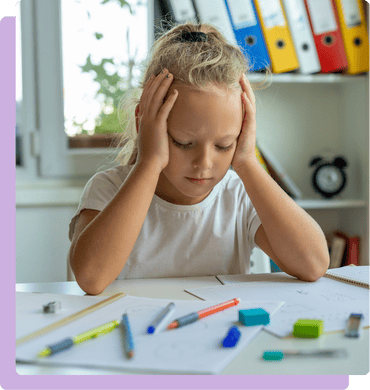
Remember these takeaways:
- Spot signs early and seek assessment if needed.
- Support learning at home with routines and patience.
- Work closely with teachers for school strategies.
- Focus on emotional well-being, not just academics.
Every child has strengths worth celebrating. By focusing on these strengths while supporting areas of difficulty, children with learning difficulties and learning disabilities can thrive. With compassion and collaboration, the path forward becomes brighter for both children and their families
Share:
More Posts
Send Us A Message
Newsletter
Stay connected
Our social media pages regularly provide useful company and industry updates. Connect with us to stay informed!
- 03333 22 11 33
- info@onecall24healthcare.co.uk
- 239 Old Marylebone Road, London, NW1 5QT



